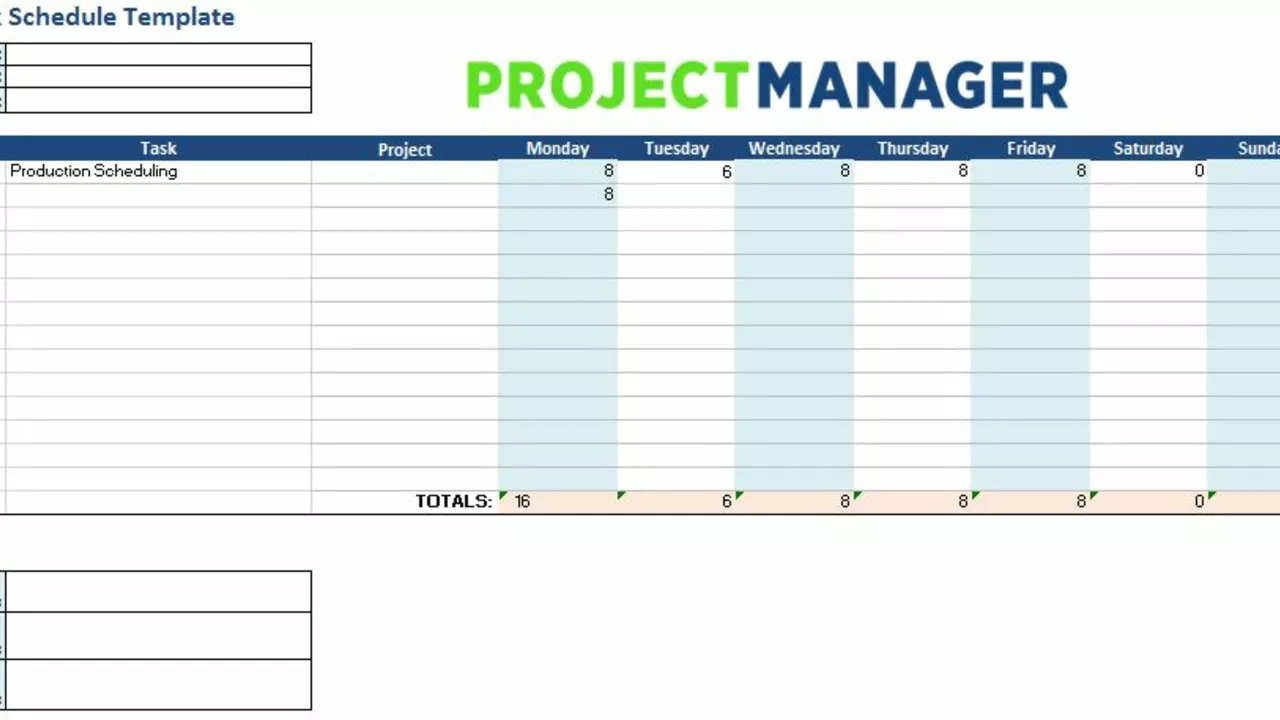Weekly Training: Build Consistency and Performance
When working with Weekly Training, a repeatable schedule of workouts designed to improve strength, endurance, and technique over a seven‑day cycle. Also known as weekly workout schedule, it helps athletes track progress and avoid plateaus. Weekly training isn’t just a routine; it’s a framework that ties goals, recovery, and load together.
One core component is a training plan, a detailed outline of each session, intensity, and target muscle group. A well‑crafted plan breaks the week into focused blocks—speed work on Tuesday, strength on Thursday, recovery on Sunday. This structure gives you a clear roadmap and makes it easier to tweak variables when results stall.
Behind the plan sits periodization, the science of cycling training load to peak at the right moment. Periodization dictates when you build volume, when you sharpen intensity, and when you dial back for tapering. By aligning weekly training with periodized phases, athletes avoid overtraining and hit peak performance when it counts.
Key Elements of a Successful Weekly Training Routine
Another pillar is coaching, the guidance and feedback from a qualified instructor or mentor. Coaches translate data into real‑world cues, adjust technique, and keep motivation high. Their insight often determines whether a weekly schedule stays on track or veers off course.
Metrics matter too. performance metrics, quantifiable data such as split times, lift counts, or heart‑rate zones let you see the impact of each week’s work. Tracking these numbers creates a feedback loop: you train, you measure, you adapt.
Weekly training encompasses periodization, relies on a solid training plan, and thrives with coaching support. Effective weekly training requires a clear plan, while coaching influences outcomes by refining technique and attitude. Performance metrics guide adjustments, ensuring each week builds on the last.
In practice, athletes across disciplines—football, swimming, running—use these principles. A swimmer might schedule two technique drills, a sprint set, and a recovery swim each week, while a footballer could blend strength circuits, interval runs, and tactical drills. The underlying idea stays the same: consistency, intentional variation, and data‑driven tweaks.
Below you’ll find a collection of articles that explore weekly training from different angles—football tactics, swimming goggles, high‑school sport choices, and more. Whether you’re looking for a specific sport example or a broader performance strategy, the posts ahead will give you concrete ideas to shape your own weekly routine.
How many days does the NFL practice in a week?
As a passionate follower of the NFL, I've always been curious about how often these professionals practice. From my research, I've found that NFL teams typically practice about three to four days per week during the season, but this can significantly increase during the preseason and playoffs. It's quite impressive how these athletes balance intense training with recovery time to perform at such high levels. I've gained a deeper appreciation for the dedication it takes to be an NFL player, as it's clear that their hard work extends far beyond the games we see each week. This information might be interesting for other NFL fans like me who enjoy understanding the behind-the-scenes efforts of our favorite teams.
